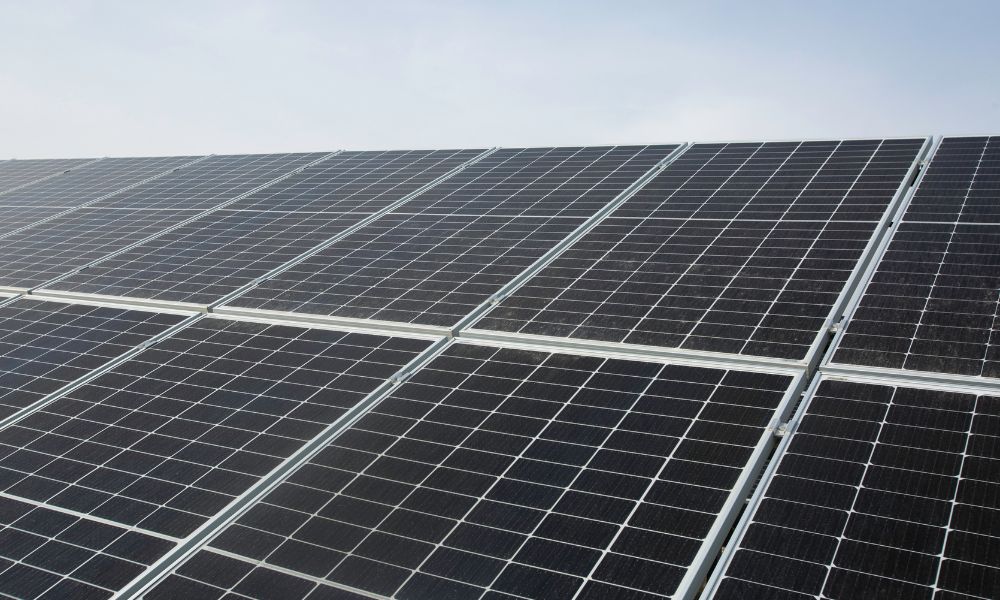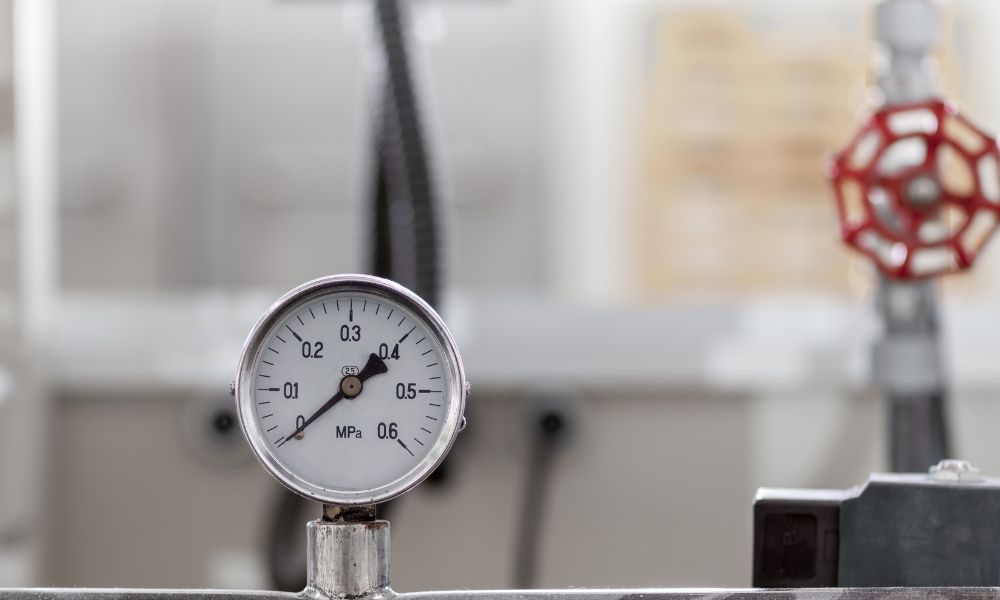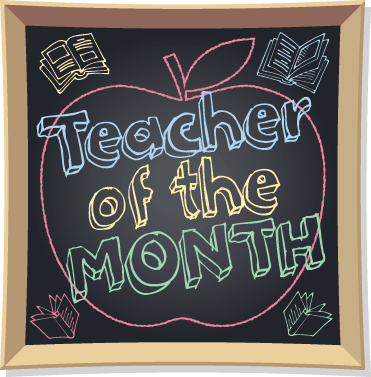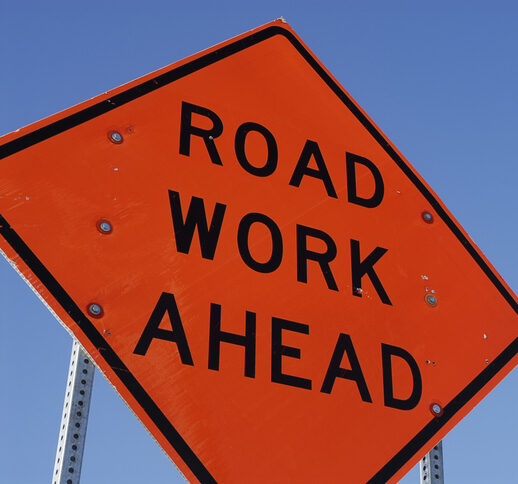
For a person interested in environmentalism and sustainability, there’s much to learn about green energy. Green energy is useful because it comes from sustainable, natural resources. These resources include things like wind, water, and sunlight.
Someone would want to use these energy resources over “dirty energy” produced by fossil fuels because these fuels can damage the ozone layer and release greenhouse gases into the atmosphere. Because of this, environmentalists have called to action to educate the public about these issues. Read below if you’re looking for a breakdown of green energy as a budding environmentalist.
What Is It?
Green energy is a resource that can’t produce pollution, which is the opposite of fossil fuels. These fuels aren’t renewable; they come from coal, crude oil, and natural gases that tear into the ozone layer and negatively impact climate change.
Green energy sources also naturally replenish themselves. On the other hand, coal is nonrenewable and can take millions of years for people to develop. Given the definition we’ve provided, it’s clear that we need to break down green energy further so that budding environmentalists can benefit from it. Let’s look at some major forms of green energy.
Solar Power
There are many benefits of solar power for both commercial and residential environmentalists. Solar power has many applications, including the ability to heat buildings, light rooms, and provide electricity for homes. In recent years, people have begun to toy with the idea of using solar to power entire neighborhoods. If you’re interested in using it for residential purposes, having someone install your solar panel for you is relatively easy.
Wind Power
Wind energy has several excellent advantages, which is why it’s one of the fastest-growing energy sources in the world. Like its sister resource, solar power, it’s good for the economy. You can employ thousands of engineers and contractors to design and install new iterations of wind turbines. It’s also a great domestic resource that leads to economic growth.
Wind power also benefits local communities since it delivers significant tax payments per year. If you have wind turbines in your area, you can put that revenue toward school budgets and many other things.
These are a few types of green energy resources. As a budding environmentalist, the more you learn, the better off you’ll be. Thanks for sticking around to educate yourself!






